The QGIS development team has officially announced plans for QGIS 4.0, with an expected release in October 2025 following QGIS 3.44. This major update centers on modernizing the platform's core infrastructure.

The QGIS development team has officially announced plans for QGIS 4.0, with an expected release in October 2025 following QGIS 3.44. This major update centers on modernizing the platform's core infrastructure.

Recently in the MalaGIS discussion group, we debated the seemingly stagnant development of GIS and the career paths for GIS professionals. Honestly, I too feel uncertain. Coincidentally, I came across a 2018 interview with the founder of QGIS. I've translated it below, hoping it offers insight to readers.

When creating thematic maps in ArcGIS or QGIS, thematic coloring (choropleth mapping) is a common technique where different regions are colored according to their data values, revealing spatial patterns. Recently, our management requested integrating this functionality into our business system. While we could publish pre-rendered maps from ArcGIS/QGIS through servers like GeoServer, this lightweight feature doesn't warrant heavy infrastructure. Instead, I explored coloring GeoJSON features directly and discovered colormap - an elegant solution.
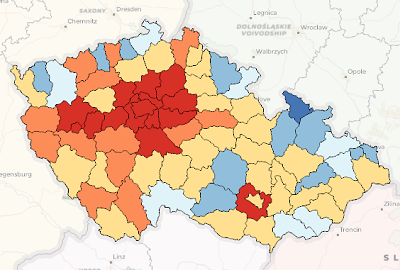
While updating to QGIS 3.40.3, I stumbled upon a surprising fact: QGIS is now 23 years old – possibly older than many of its users. It’s remarkable that this powerful open-source GIS software, used worldwide for mapping, data processing, and service publishing, was born in the dial-up internet era. Since Gary Sherman wrote its first line of code in Germany in 2002, QGIS has quietly revolutionized spatial technology for 23 years. Debuting five years before the iPhone and thirteen years before TensorFlow, this open-source GIS has not only survived three technological earthquakes (the dot-com crash, mobile revolution, and AI explosion) but evolved from a basic map viewer into global geospatial infrastructure. Let’s journey through time to uncover how this "living tech fossil" defied commercial giants to become king.
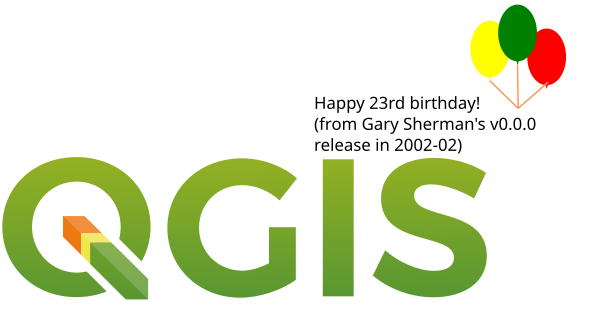
Red Layer is a sketch annotation plugin for QGIS 3 that enables rapid hand-drawn annotations directly on your map canvas. A sample output is shown below:
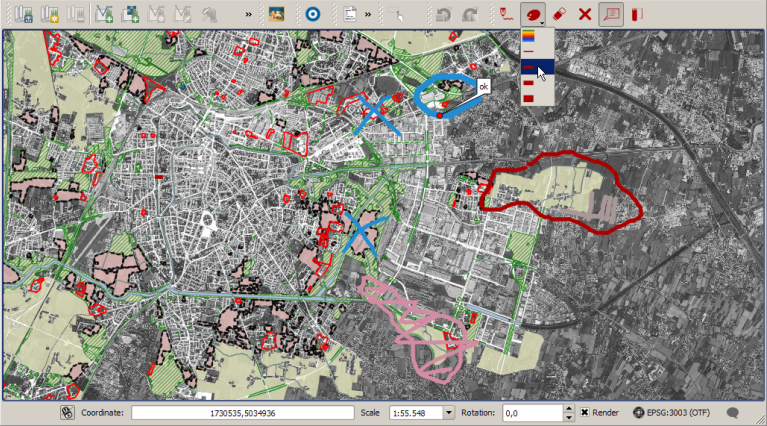
Bezier Editing is an open-source plugin for QGIS that specializes in precision vector graphic editing, particularly suited for complex curve design scenarios like roads, rivers, and landscape boundaries. By introducing Bezier curve control points, it transforms rigid polylines into smooth, natural curves, significantly enhancing both cartographic aesthetics and data accuracy.
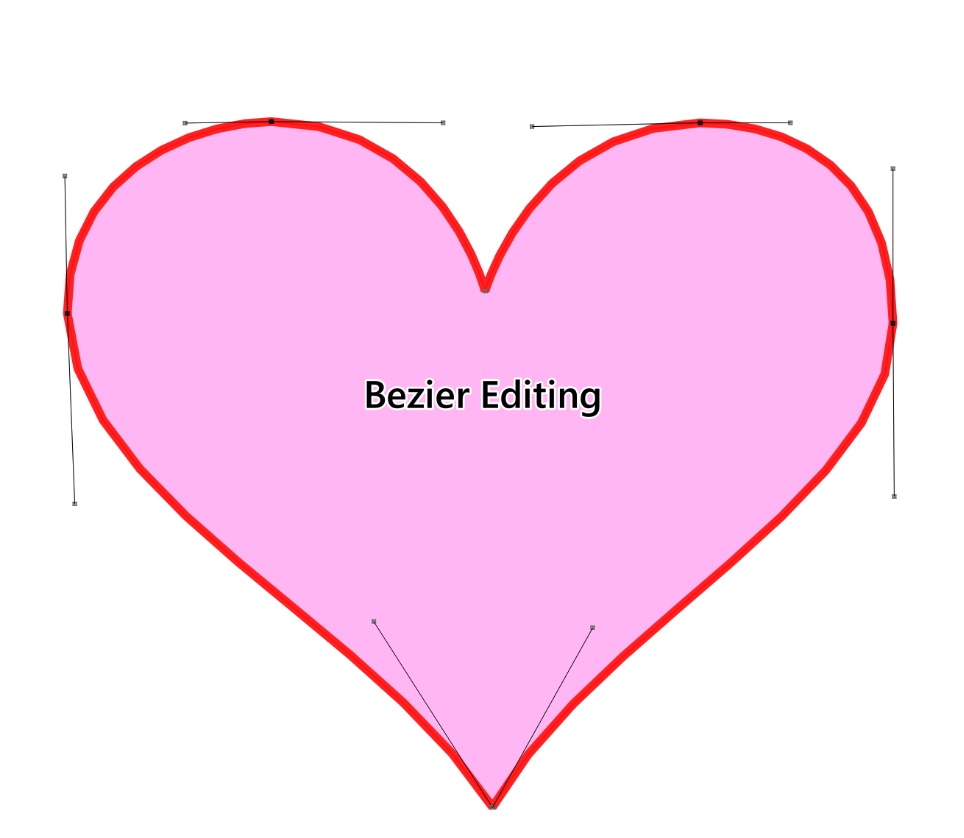
Valentine’s Day is here again, and the GIS community group at Malagis is buzzing with excitement. Watching the lively discussions makes one nostalgic for youthful enthusiasm. On such a romantic day, shouldn't everything—including GIS—have its own charm? Let’s explore two GIS-inspired romantic ideas shared by the group.
Do you still remember the Bonne projection? Or have your cartography lessons faded into memory? Here's what it looks like:
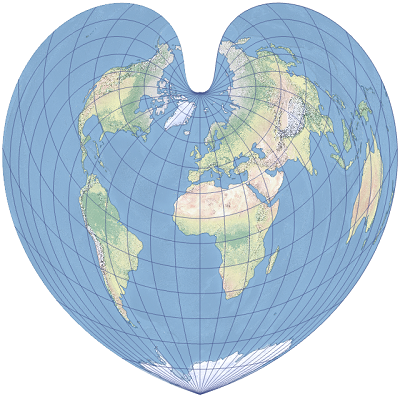
Building upon our previous tutorials on 《Creating Dynamic Marathon Route Visualizations with MapPlus: A No-Code GIS Solution》 and 《Implementing Dynamic Marathon Route Visualization with Cesium》, this guide introduces a solution for users seeking pre-processed trajectory data without manual digitization.
Official Website: https://www.2bulu.com/
Following our previous article on Processing China Marathon Data for Spatial Analysis, this guide demonstrates heatmap visualization of marathon venues using QGIS.
When crafting dynamic marathon routes from official maps, directly tracing simplified route images is inefficient without proper spatial referencing. Georeferencing solves this by aligning raster images with real-world coordinates.
Copyright © 2020-2025 MalaGIS Drive by Typecho & Lingonberry Sitemap